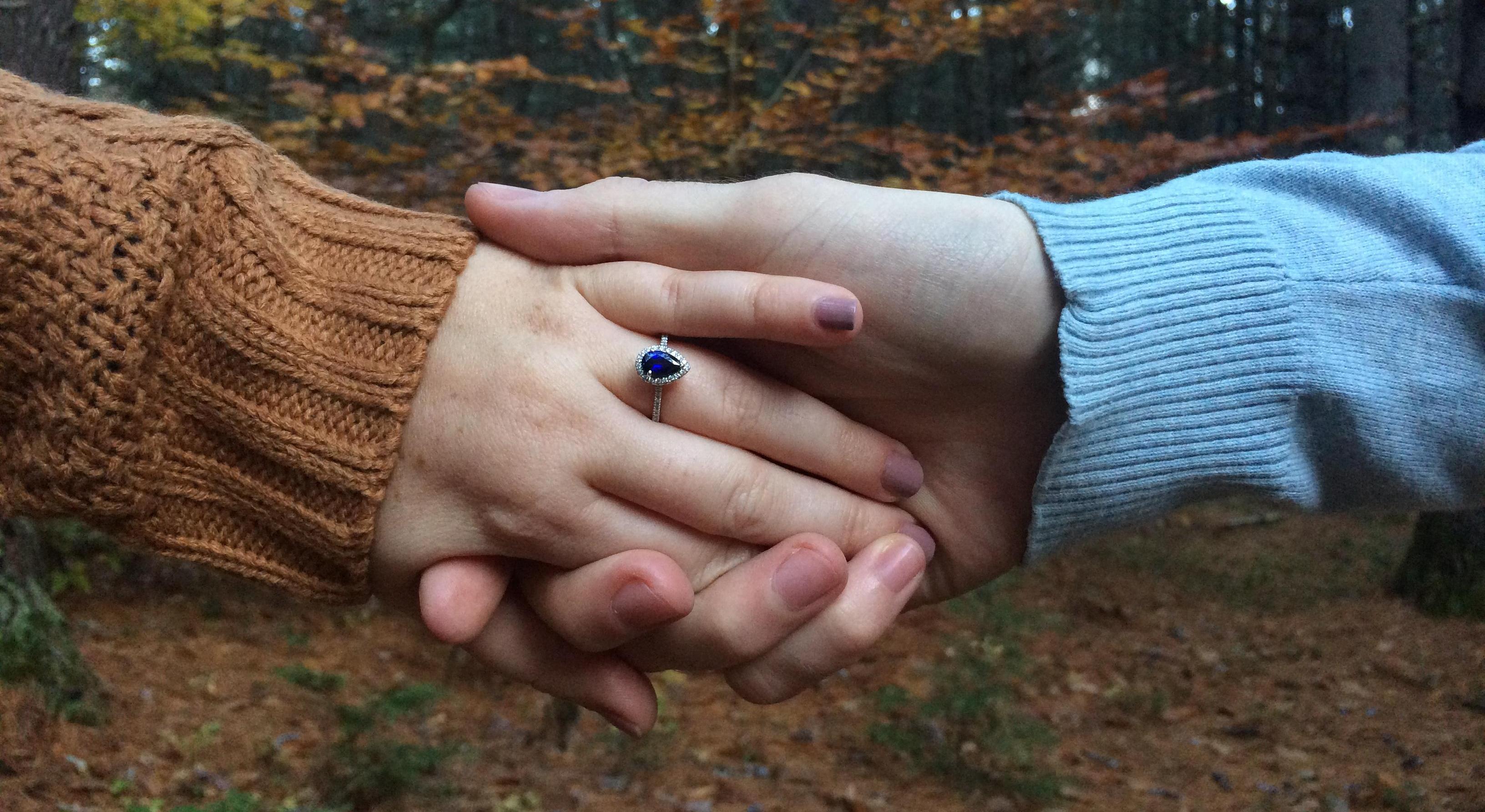
We're Getting Married!
Eivgeni Mashin
Deryn Harbin
June 3, 2018
The Ceremony
Ketubah Signing This is a Jewish prenuptial agreement that outlines the groom's responsibilities to his bride. It dictates the conditions he will provide in the marriage, the bride's protections and rights, and the framework should the couple choose to divorce. The ketubah is signed by the couple and two witnesses before the ceremony takes place, then is read to the guests during the ceremony. The Chuppah In the Jewish tradition, both of the groom's parents walk him down the aisle to the chuppah, the altar beneath which the couple exchanges vows. Then the bride and her parents follow. A chuppah has four corners and a covered roof to symbolize the new home they are building together. Circling The bride traditionally circles around her groom either three or seven times under the chuppah. Some people believe this is to create a magical wall of protection from evil spirits, temptation, and the glances of other women. Others believe the bride is symbolically creating a new family circle. Sheva B'rachot: Seven Blessings The seven blessings are often read in both Hebrew and English, and shared by a variety of family members or friends. The blessings focus on joy, celebration, and the power of love. Breaking of the Glass As the ceremony comes to an end, the bride and groom step on glass inside a cloth bag to shatter it. The breaking of the glass demonstrates that marriage holds sorrow as well as joy and is a representation of the commitment to stand by one another even in hard times. Mazel Tov! Once the ceremony is over and the glass is broken, you will hear guests cheer "Mazel tov!" The direct translation is actually closer to wishing the best for the future, a great destiny, or a pronouncement that the person or people have just experienced great fortune. There's no better time to say "mazel tov" than at a wedding!
